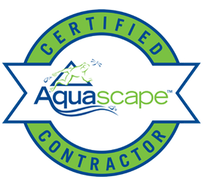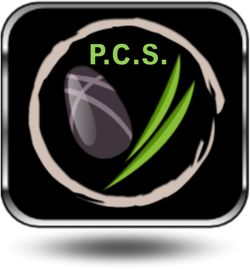- Have your fish grown?
- Did you add any aquatic plants last season?
- What kind of fall shutdown did you perform on the feature?
- Do you like to gamble? No, really--this is a serious question!
Visual Indicators
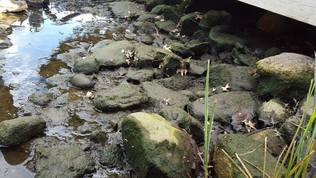
Even when the water is clear, we suggest to stick something (like the end of a broom) to the bottom of the pond and stir it up a bit. If you see the area around the broom get cloudy--- you NEED to do a spring cleaning! Debris and waste can settle pretty well in the long months since the pond was actively running and unless you stir up the settled muck, you may not notice it at all at first. But once the ecosystem is awake again, that left over debris will cause a whole other set of problems for you.
But SOMETIMES the ice thaws and all your fish are belly up and you're just not quite sure why because the water looks clear and the broom isn't stirring anything up.
Ammonia and Water Balance
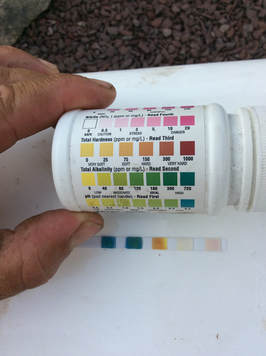
Ammonia exists from the decomposition of waste (fish still poop over the cold winter months), dead organic matter like leaves, and even frogs and fish that didn't make it through the winter. Any ammonia is absolutely toxic to fish and pretty much invisible. The easiest way to treat ammonia spikes is by removing it: i.e. drain and clean.
Aside of ammonia spikes, if your pH, phosphates or nitrites are out of balance, a drain and clean essentially resets your water feature so your ecosystem starts the pond season in good shape. You should also consider testing your pond water balance regularly during the season so that you can correct any issues before they become fatal for your fish! Click here to read more about keeping your pond water clean by reading this blog.
Algae and Poor Water Quality
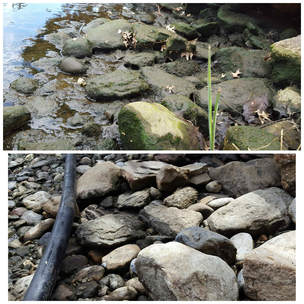
Lastly, your fish are often curious and bored and if there is an abundance of muck and sludge, it is common to have it stirred up frequently during the summer as the fish root around.
So now what?
Located in Lebanon, Pennsylvania, Dreamscapes Watergardens installs koi fish ponds and pondless waterfalls (disappearing waterfalls) all over the Central Pennsylvania area. For more information on koi ponds and waterfeature installations, please contact us directly!
Dreamscapes also carries a full line of pond supplies from water treatments and fish medications to pond pumps, heaters, fountains, plants and fish! Tadpoles and snails are also available at our Aquatic Retail Center in Lebanon, Pennsylvania seasonally while supplies last from May-August. If you think you need it, we have it!
Retail Hours: April 5th-October 27th 2018:
Monday-Wednesday: By Appt
Thursday-Friday: 10am-5pm
Saturday: 9am-12pm
October 28th-April 2019: HOURS BY APPT
Contact Us
2155 State Route 343, Lebanon Pa | 717-272-6555 | [email protected]
Dreamscapes Watergardens services the city of Lebanon, Lancaster, Harrisburg, Mechanicsburg, Camp Hill, Cleona, Cornwall, Fredericksburg, Indiantown Gap, Jonestown, Kleinfeltersville, Mount Gretna, Myerstown, Newmanstown Palmyra, Quentin, Reistville, Richland, Schaefferstown of Pennsylvania, PA

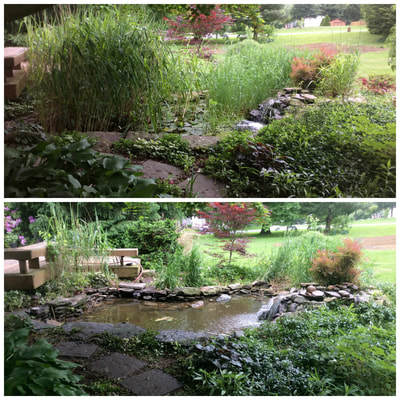
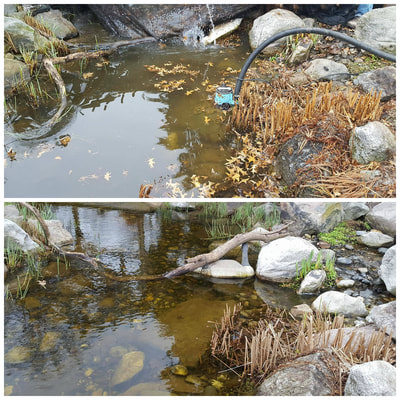
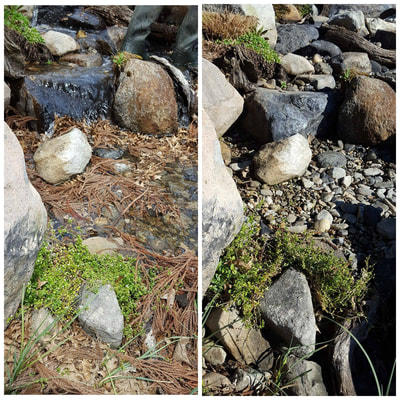
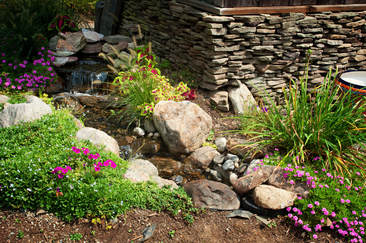
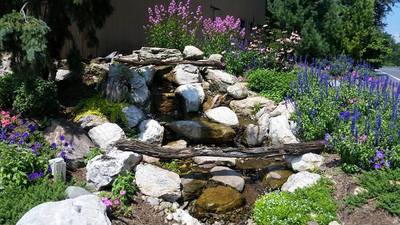
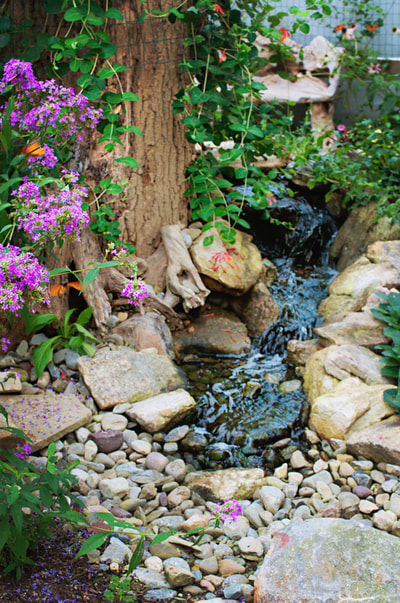
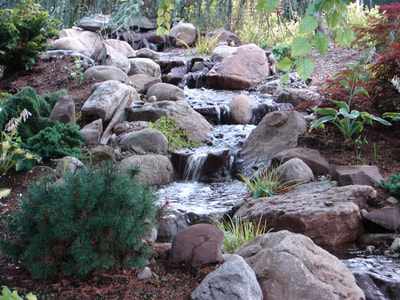
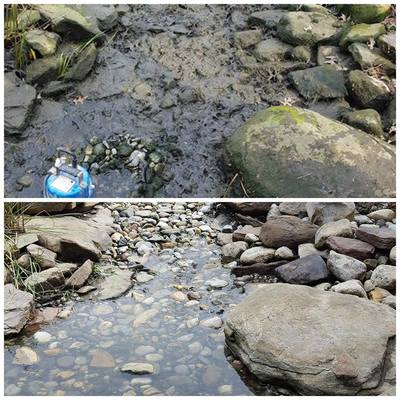
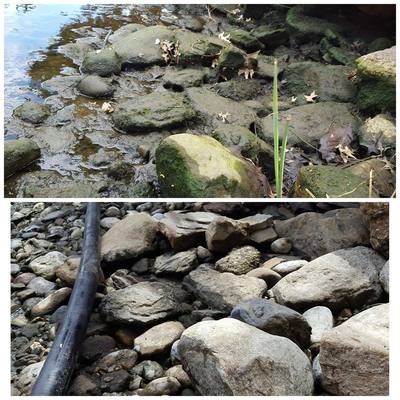
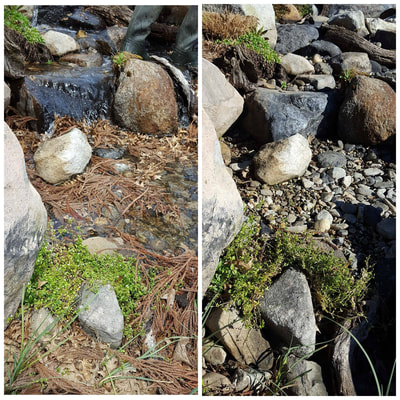
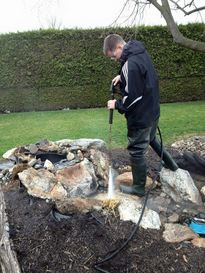
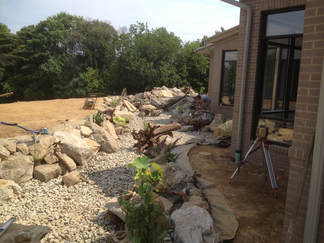
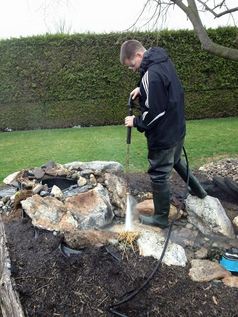
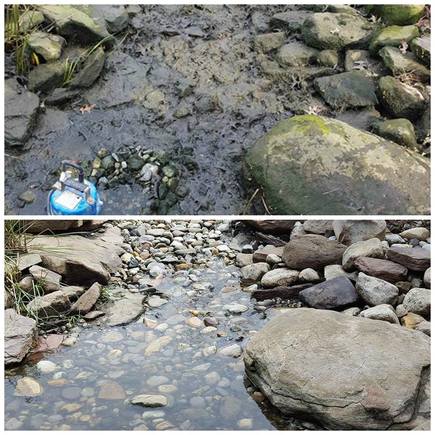
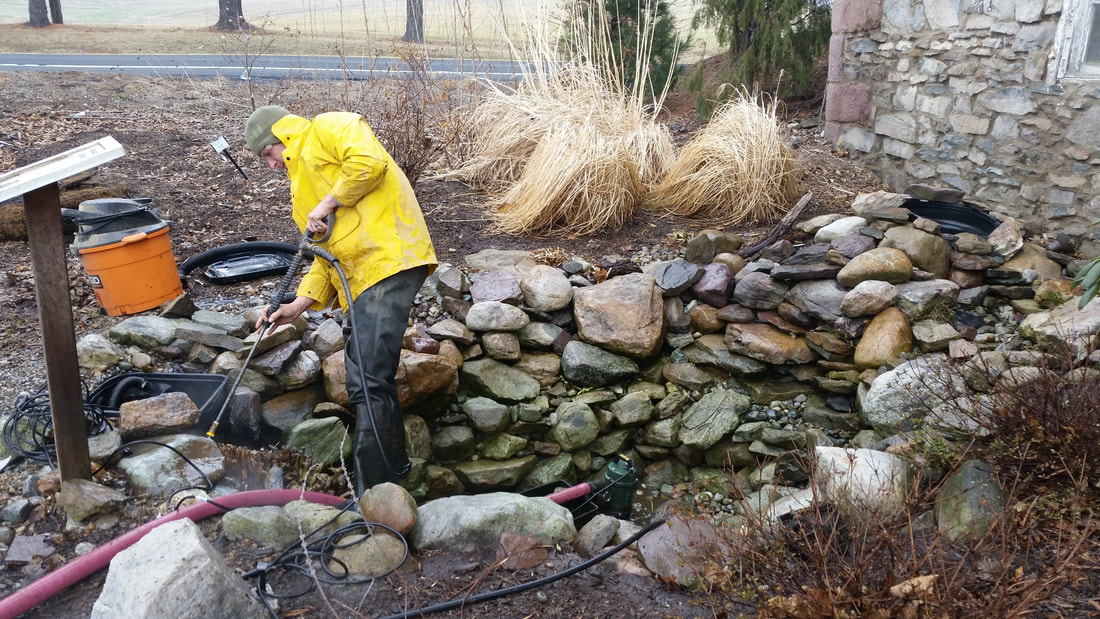
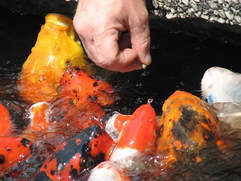
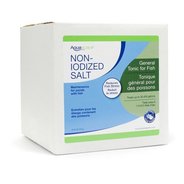
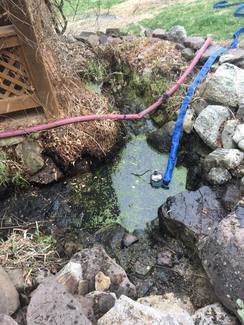
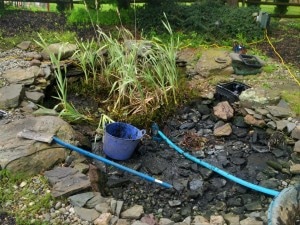
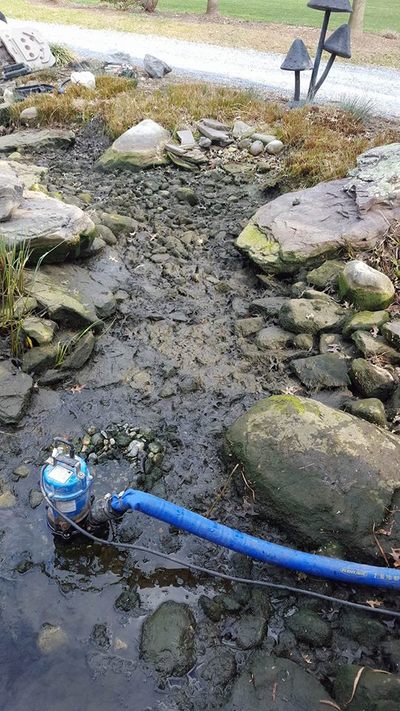
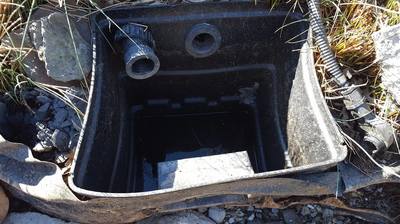
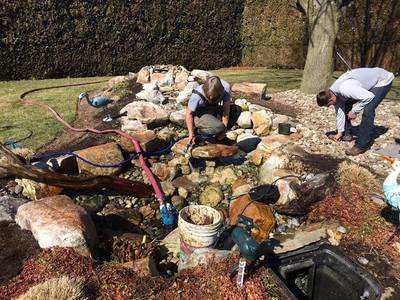
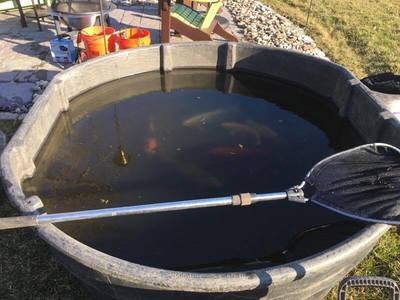
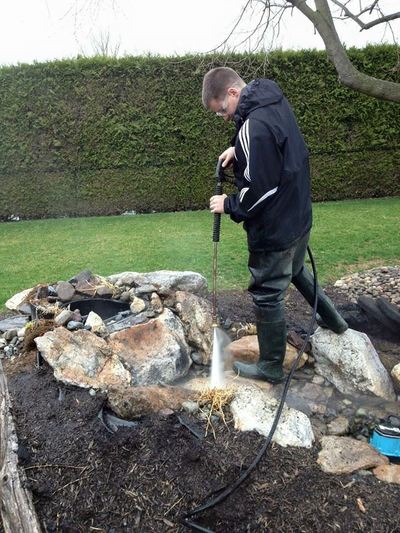

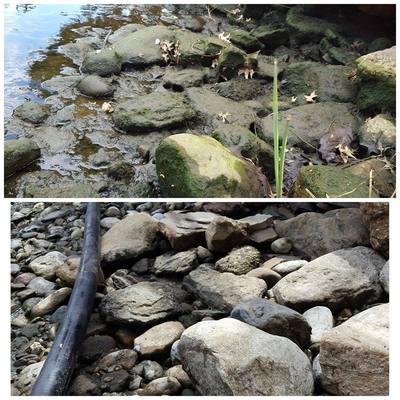
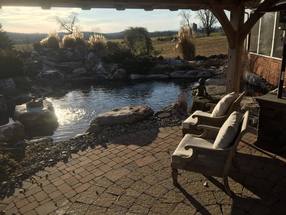
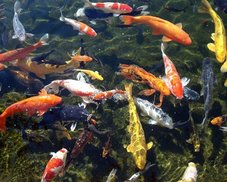
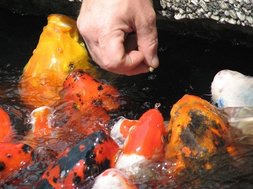
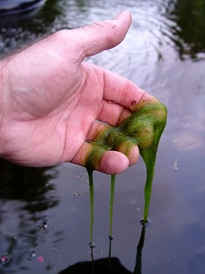
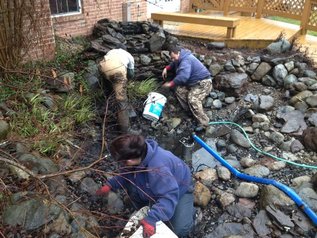
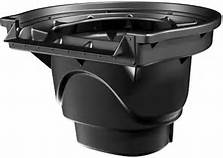
 RSS Feed
RSS Feed
